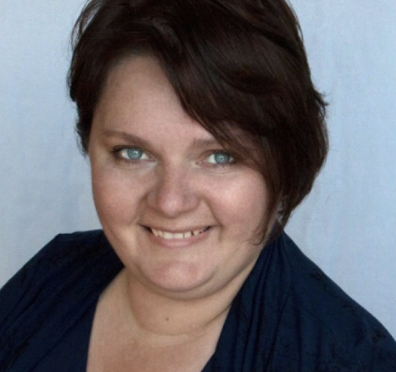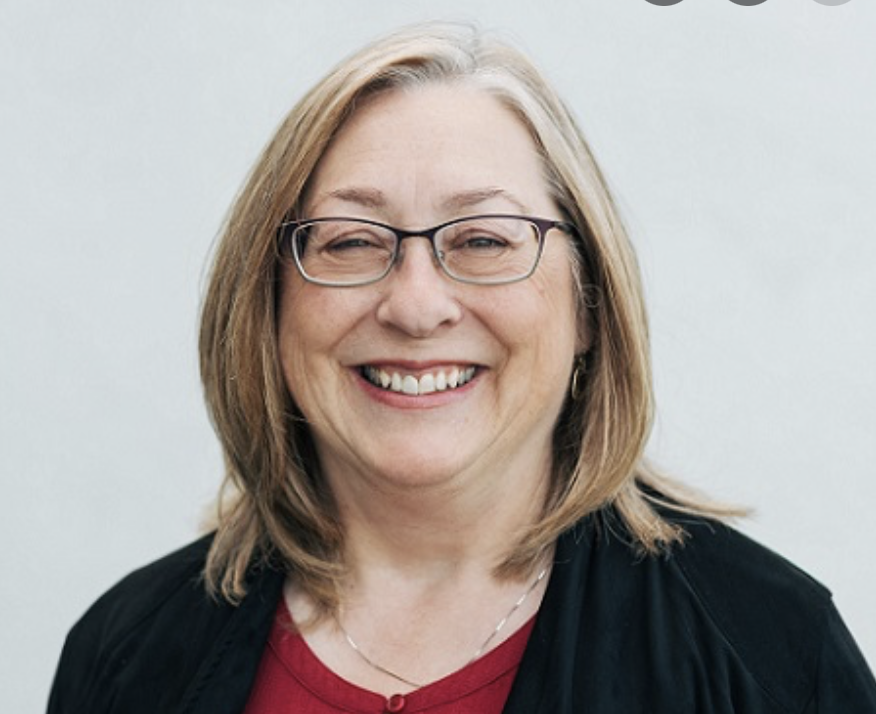In a two-part series, The Coast Clarion investigates why affordable housing is so very hard to achieve on the Coast.

(By Margot Grant)
We need affordable housing, but no new units will become available in the next year, and what is in the works doesn’t even begin to meet the need. What stands in the way?
The Coast Clarion interviewed Darnelda Siegers, mayor of the District of Sechelt and chair of the board of the Sunshine Coast Regional District; Kelly Foley, the newly appointed regional housing manager; Silas White, the Sunshine Coast emergency housing coordinator, and Aleria Ladwig, the Gibsons councillor who has affordable housing in her portfolio.
We asked them what local governments are doing to try and solve the crisis.
Part 1: The search for available land and money
This week, Sunshine Coast Regional District (SCRD) director Lori Pratt announced that if she can’t find affordable housing for her, her youngest child and two pets, she may have to move off the Coast within a few months.

Pratt, who is also a realtor, a member of an affordable housing group and a School District #46 trustee, was planning to run for a seat on the SCRD board again (she is former chair of the board) but she said she may have to reconsider if she can’t find an affordable place to live.
Darnelda Siegers, present chair of the SCRD board, is well aware of the problem.“When you go to a restaurant, it now takes a long time to get your food. It’s difficult to see a doctor. The shelves in the grocery stores are not fully stacked. And try to get a taxi! Every industry is impacted by the housing issue.”
“At one point last year, the Independent grocery store was down by thirty people. We’re losing young families, people who grew up here, left the Coast and want to come back and work here. We’re losing seniors. Our demographic is changing in favour of wealthy people,” says regional housing manager Kelly Foley.
Sunshine Coast emergency housing coordinator Silas White runs into the problem every day. “What makes our work in homelessness services difficult is that the mental health and substance abuse department of VCH, which directly support a number of homeless people, is severely understaffed because the workers can’t find housing here.”
The District of Sechelt and the SCRD recently appointed Foley and White to help solve the housing crisis on the Coast. They work under the Sunshine Coast Affordable Housing Society (SCAHS).

Things do not look good for the immediate future. “Nothing is going to be ready to move in for the next year, no,” Foley says.
“Our mandate is to support local government and non-profit organizations to become more strategic and work together to build affordable housing,” Foley explains. “We explore other opportunities and offer support. We look at what other communities are doing, we provide training, we help these organizations to be more successful.”
So how are they going to tackle the problem?
“They are hired to keep the local governments accountable, that’s part of their role” Siegers says.
“We can offer incentives to landlords to rent out suites, ease their fear of terrible tenants,” Foley says. The SCAHS is going to hire a rental incentives coordinator to look at strategies to do that.
Land and money
Lack of land and lack of money are the biggest hurdles, Foley, White and Siegers agree.
“Both the regional district and the District of Sechelt have very little public land,” Siegers says.
If land is provided, BC Housing and the Canada Housing Mortgage Corporation can provide funding. But without land, no financing, she says. “And here’s another problem: BC Housing has a limited amount of money.”
There is lots of private land available in Sechelt, one developer just bought 300 acres in West Sechelt. But land at market value is expensive, Siegers points out.

What is the District of Sechelt doing to help solve this problem?
“Good question. The District of Sechelt is gathering $75,000 a year, from taxes, to put into affordable housing.”
Seventy-five thousand dollars a year? “Yes, it is very little, indeed. But it’s the first time we’ve actually done something like that. But I agree it’s not a lot, no,” Siegers says.
If any public land can be found on the Coast, it’s important affordable housing is located close to infrastructure to be successful, Foley says.
She and White are looking at finding available land through an aerial survey. Government-owned land, old churches or old legions could be good locations.
“We need to sit down and think about how we’re getting funding for the survey,” Foley says. “It’s a process, we’ll need to hire a consultant.”

Unfortunately, the District of Sechelt and the SCRD do not have a lot of available land, White says. “So we don’t hold out a lot of hope for this process, but it’s something that is necessary.”
The Sunshine Coast Affordable Housing Society did a similar survey ten years ago, White adds. Save for identifying the Shaw Road site in Gibsons nothing much happened after that, he told The Coast Clarion. “It just shows how long these processes can take.”
Gibsons councillor Aleria Ladwig, who has affordable housing in her portfolio, said she is sure there is still land available to build affordable housing in Gibsons. “I’d have to drive around and look.”
“But I find this conversation really challenging because we need to identify what we mean by affordable housing,” Ladwig says. “Affordable by who? Affordability is different for different people. Are we talking about subsidized social housing or entry-level home ownership? I think the average worker should be able to afford to buy a home so that people who earn less can find a rental.”
Solutions?
So land and funding are formidable road blocks to realize any kind of affordable housing on the Coast.
In Sechelt, five projects are moving forward, but it’s not enough, Siegers readily admits. “We need more. We need people who want to work on this.”
She says she has been working a lot on housing, and will be running again for mayor in the fall.
“In Sechelt, I’ve been making sure that every developer who comes in has read the Housing Needs Assessment for the Sunshine Coast. Some of them want to build single family houses, but we need multi-family, we need rentals, we need affordable housing.”
In order to guarantee that newly-built rentals remain rentals, builders in Sechelt have to sign an agreement that gets registered on title.
The District of Sechelt does not have restrictions on the amount of rent charged, so not all rentals will be in the affordable category. Siegers says she has no idea what the rents will be. “But I do know the units will be smaller, and SAFER (Shelter Aid for Elderly Renters) subsidy will be available for tenants if they need it.”
SAFER subsidy from BC Housing is about $200 a month for qualifying tenants. “That’s not a lot, no,” Siegers says.
“The only thing we, as a local government, can really do is change the zoning to allow for higher density because that typically means lower priced housing and smaller units,” she says.
She favours more density in downtown Sechelt. Prime location, but Siegers is sure not all developers are looking to maximize profit. “Some are willing to build reasonably priced housing. Why shouldn’t they?”
Both Sechelt and the SCRD have come forward with proposals for new zoning bylaws. They are looking at addressing affordability through things like density and offering incentives to developers to build more affordable housing. Both also aim to expand the size allowed for secondary homes on properties.
Siegers hopes the new zoning bylaws will be in place this year. “The more input from the public we get, the longer the process will take, but it is important people get exactly what they want,” she says. “We’re here to listen to the community.”

In Gibsons, council has talked about possibly exploring the idea of not charging an extra utility fee for long-term rentals, Ladwig says. “But we haven’t voted on that. And you have to recognize that when you do that, the other residents in town pick up that extra tax. But I think the community would be willing to support that, because it’s a really simple, easy way to help encourage long-term rentals.
Crown land
If there is a lack of available public land, why not build on Crown land?
That’s not going to happen anytime soon, Siegers says. “The provincial government has signed an agreement with the Sechelt Nation requiring approval for any use of Crown land.
“Right now, we have no plans to enter that process. I don’t know when we would, I don’t know what the timeline would be. I have no idea. And with the election coming up, I don’t know if now would be the right time,” Siegers says.
Crown land is often on the outskirts, so there’s no servicing, and it costs a lot to get sewer or water, White adds. “And there is a colonial aspect. Of course the Squamish or Sechelt Nation need to have a strong leadership role deciding what to do there.”
So a lack of public land and funding are major stumbling blocks for construction of regular affordable housing on the Coast. Could alternatives like tiny homes, RVs, repurposed industrial camp units or container homes be a solution? What about temporary workforce housing? Siegers, Foley, White and Ladwig have some answers in part 2 of this series.